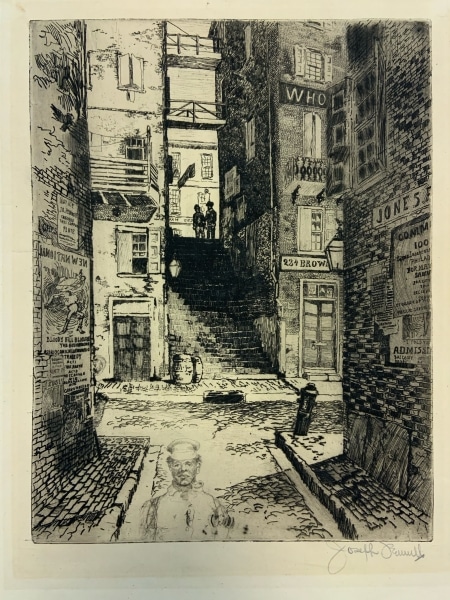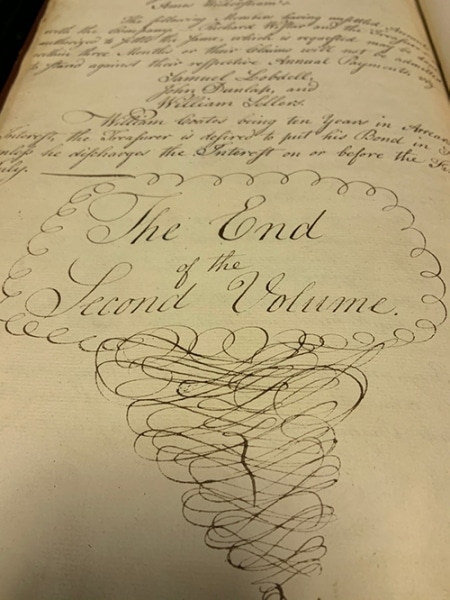My Beginnings at the Library Company
As someone who grew up in Northern Virginia, it is difficult not to have even the slightest appreciation for American history and visual culture. My earliest memories, and most enjoyable school field trips, took place at historical sites like Mount Vernon and the Manassas National Battlefield Park. However, because I was raised in a Black, immigrant family, it was often difficult to come to terms with my own place, and that of people who look like me, within this historical and visual narrative. This inner conflict sparked my interest in studying the myriad of contributions marginalized people have made to the canon of American visual culture, and this interest led me to my current position at the Library Company.
I started working as the Curatorial Fellow in the Graphic Arts Department in October of 2019. I was brought on to work on the exhibition project, Imperfect History: Curating the Graphic Arts Collection at Benjamin Franklin’s Public Library. While my primary tasks involve helping the Department’s curators research and develop the upcoming exhibition, I also assist with day-to-day collection management.
Prior to joining the Library Company staff, I didn’t have much experience working in libraries, let alone in archives and special collections. Therefore, I had a lot to learn when it came to the operations of a research library. During my first few days as a fellow, my colleagues taught me how to inventory and arrange incoming collections of graphic materials. I am also becoming more familiar with the layout of the Graphic Arts Department’s storage in order to page and reshelve materials for visiting researchers. More recently, I’ve started to learn how to catalog collection objects using the software ALEPH. Doing so ensures that those materials can become searchable in the Library Company’s online database, WolfPAC.
Joseph Pennell, [Water Street Stairs, Philadelphia]. Etching. From the Jay Snider Collection.
In addition to gaining a set of new skills, I have been able to put to use the research skills I gained as an undergraduate in my work for Imperfect History. Since October, I have been sifting through the Library Company’s archives, specifically the Director’s Minutes volumes and accession books. Diving deep into the archives has helped me and my colleagues better understand the institution’s history of collecting graphic materials. By reading about the choices previous curators made, and comparing that history with the new acquisitions I have gotten to accession, I have been able to chart how collecting priorities have changed over time. This research has also illuminated the pressing need to rectify the historic overlooking of marginalized groups as dignified subjects of prints, photographs, and other materials and as makers of these works.
A very elaborate end note in the second volume of Library Company Director’s Minutes which spanned the years 1768 to 1785.
My experience thus far at the Library Company has deepened my appreciation for curatorial work. Prior to starting this fellowship, I really only had a partial sense of what curatorial work entailed and those impressions were largely confined to the work museum curators do. Since I came to the Library Company, I have been able to observe the high level of expertise and dedication required to steward a collection as vast and as rich as the one here in the Graphic Arts Department. As I continue to learn from my colleagues, I feel increasingly well-equipped to tackle issues of identity and belonging both in the Imperfect History project and in my future career as a curator.
Kinaya Hassane
Curatorial Fellow, Graphic Arts
Imperfect History is supported by the Henry Luce Foundation, Walter J. Miller Trust, Center for American Art, Philadelphia Museum of Art, Jay Robert Stiefel and Terra Foundation for American Art.





